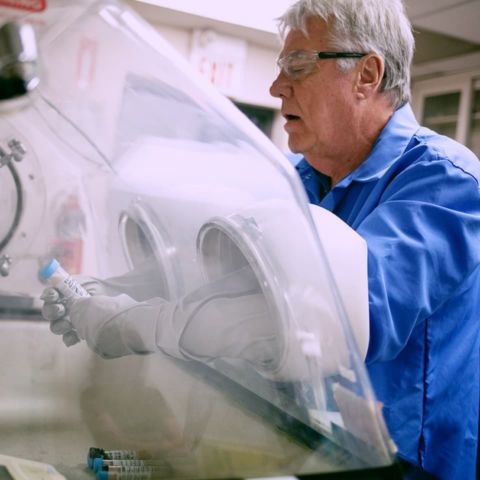Analytical
Major analytical techniques used in research & development, quality control and quality assurance are HPLC chromatography and NMR spectroscopy. Zeochem offers silica gel packing materials for various types of chromatography and deuterated substances for the NMR spectroscopy.
Liquid Chromatography is the most important tool in any chemical analytic. Silica gel is considered the best-performing stationary phase in chromatographic separations. The various types of chromatographic techniques in use require different types of silica gels. Our wide range of silica gels meets these requirements: ZEOprep irregular shaped silica, ZEObeads spheroidal silica and ZEOsphere spherical silica. These forms are available as both bonded and unbonded silica.
Zeochem ZEOprep irregular silica and the spheroidal ZEObeads products are very reliable packing materials for analytical laboratory kits, SPEs and QuEChERS.
Zeochem’s ZEOsphere materials analytical HPLC phases/columns are used in early development and discovery stages of biopharmaceutical, nutraceutical and food companies, as well as in medical and research laboratories. Analytical stationary phases for ZEOsphere silica are superb in performance. Separation methods can be developed and directly transferred to the preparatory phase via easy scale-up principles.
For analytical separations, we offer ZEOsphere Classical silica (e.g., C18, C8, C4, etc.) for any reversed phase application and ZEOsphere DRP Mixed-Mode stationary phases for charged molecules like peptides, insulins (analogues) and oligonucleotides. These products are available in analytical, semi-preparative columns or in small bulk quantities.
Standard ZEOsphere stationary phases are available in pore sizes 100Å, 120Å, 200Å, 300Å and 1000Å and in analytical particle sizes 3µm for standard HPLC or UHPLC applications (only for ZEOsphere DRP) or 5µm (for ZEOsphere Classic).
Scaling up is easier when using an HPLC media that provides nearly identical performance across all particle sizes and with increases in column diameter. Any mobile phase conditions developed on a ZEOsphere analytical column can be easily transferred to a 10 μm or 15 μm preparative column with an equivalent resolution, selectivity and proportional mass loading.
